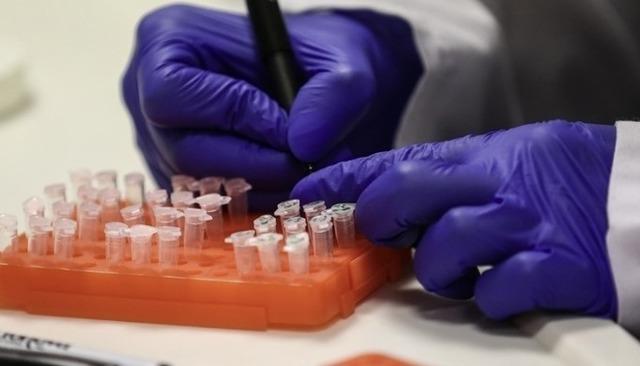In the online seminar organised by ECDC, information was given on the course of the M pox virus in Europe.
THE RISK IS HIGH FOR THOSE WITH LOW IMMUNITY
ECDC expert Orlando Cenciarelli said the overall risk to the European population was currently assessed as “very low probability” and “low impact”.
Cenciarelli emphasized that the risk is high in people who have come into contact with cases, but the course of the disease will be low, and noted that only people who have another underlying disease and low immunity will experience the disease at “moderate and/or high” levels if they are infected.

EMPHASIS ON PRECAUTION
Cenciarelli recalled that the only case in Europe was found in Sweden on August 15, and said, “It is likely that more imported cases will be seen. Therefore, it is important that European countries are ready to handle such imported cases and prevent secondary transmission.”
IS VACCINATION RECOMMENDED?
Cenciarelli pointed out that the vaccine should only be offered to people at risk of infection, those who have had severe illness, those who have traveled to areas where transmission is likely, and based on individual risk assessment.

10 DEATHS IN 2022
World Health Organization (WHO) Europe Representative Marc-Alain Widdowson, who attended the seminar, reminded that a total of 27 thousand cases were encountered and 10 deaths were recorded in Europe in the summer of 2022.
Widdowson stated that they believe the continent can protect itself from the virus.

WHAT IS M POX VIRUS?
The M pox virus is transmitted from rodent animals such as mice and squirrels or from infected individuals. Touching the body rash caused by the virus, using contaminated clothing, sheets, towels and similar items, and contact with body fluids are among the most important causes of transmission.
The first symptoms can appear between 5 and 21 days after contracting the virus. The virus usually causes high fever, headache, back and muscle pain, swollen lymph nodes, fatigue, chills, shivering and chickenpox-like blisters on the skin.
There is no specific treatment for the disease, and it is treated with antiviral drugs. Most cases are mild and recover within a few weeks.
WHO changed the name “monkeypox” to “mpox” in 2022 due to concerns about racism and discrimination.
On August 14, WHO declared M smallpox a “public health emergency of international concern” due to the rapid spread of the new strain (clade 1b) of the virus that caused the epidemic disease that has affected the east and south of the African continent for more than 10 years.
